Find out how long a 5000mAh battery will last, factors affecting charging speed, and the power it provides on different devices. Read on to learn about battery efficiency and charging speeds, along with other usage tips for getting the best performance out of your device.
Battery Adventures The power of a 5000mAh charge
Battery life has never been more important in this techy world. If you’re a tech enthusiast who enjoys using their smartphone, or if you’re a busy Digital Nomad who frequently breaks devices, you understand the importance of battery life. It’s crucial to understand the expected battery life of your device, specifically the 500 mAh capacity, to ensure you get the most out of it. In the upcoming sections of this article, I will delve into the essential aspects of battery capacity and provide useful information to enhance your experience when using your device in real-world scenarios. We are all aware of the size of a 5000mAh battery; now, let’s explore its actual capabilities and the situations where it may cause discomfort.
Understanding Battery Capacity and Its Importance
The capacity of the battery heavily influences the functioning of any electronic device. The battery life refers to the duration of the device’s operation before requiring another charge. Since mobile technology is becoming more prevalent, a powerful battery ensures the ability to remain connected and active during your day.
Given how much real estate it will take space wise on a shelf, the last crumbs from the 5000mAh battery must surely help. medium of hardware-powered refrigerators. It is especially useful for mobile devices like smartphones, tablets, and other handheld electronics, as users don’t need to find a power outlet every now and then before doing the next thing. Being aware of battery capacity and its meaning, you can make better choices when buying new devices or taking care of the ones you own.
However, battery capacity extends beyond a phone’s milliampere-hour (mAh). Your security advantage: knowing when this really translates into real-world utilization. Any device with a large battery must demonstrate its ability to sustain your daily activities and identify the scenarios where its performance is crucial. Ultimately, an informed user can maximize battery life and enjoy a more seamless tech experience.
What is mAh, and How Does It Relate to Battery Life?
mAh, which means milliampere-hour, is the unit of electric charge, and it describes how much current a mobile battery will provide during 1 hour. In essence, it tells us how much energy the battery can hold. This essentially means that a battery with a higher mAh rating will have a higher battery backup capacity and can store more power internally.
A 5000mAh battery can provide a constant current of up to 5000 milliamperes for an hour or instead offer as high as, say, around 1000 mA during five hours. Keep in mind that one of the cool things about Dozim is flexibility; therefore, it gives you a good idea of how few or many days your device can run depending on usage and the power of any apps or features. Understanding mAh can assist users in determining their device’s battery backup, allowing them to make adjustments accordingly.
However, mAh is just one aspect of the battery life equation. Device efficiency, software optimization, and user behavior are the three most valuable factors that determine how long a single charge will work out. A 5000mAh battery is a major powerhouse, but there are other factors to keep in mind if you want the longest possible runtime from your device.
Factors Affecting Battery Drain
Several factors, including how quickly the battery uses up its entire capacity, can influence how quickly a battery drains. Different tasks need different levels of battery drain; hence, device usage becomes a major contributor. More powerful activities, such as gaming or streaming video calls, require more power than activities like checking email or doing a quick browse. The website needs less activity.
The Background app also contributes to battery drain. Even if you aren’t actively working with apps, those running in the background may still be radiating resources. You will need to control this application properly in order for power consumption to be reduced and the battery life to optimize. Keep them closed (source, source), and disable all unnecessary background jobs to conserve energy.
Increased screen brightness and connectivity lead to more battery drain. A higher level of brightness uses more power, and you can save the battery life by setting it to a comfortable one. Equally, the always-on connection to Wi-Fi, Bluetooth, or cellular networks takes its toll on energy stocks. Turning off these capabilities will greatly increase the duration of your phone’s use on a single charge.
Estimating Battery Life Across Device Categories
Battery life will always depend on the type of device and how much it is likely to consume on average. Different device categories mean different usage patterns for each, so how long can a 5000mAh battery last in the three types of products above?
That can give decent battery life for a smartphone, often enough to last a couple of days. And can get you one to three days of moderate use, depending on a device and user. Browsing, social media, and messaging activities are less power-consuming but need more battery recharges for gaming or watching videos.
A 5000mAh battery might last a little less long in tablets (which often have larger screens and more demanding applications). Check out my full day of moderate use for the experience on reading and web browsing. Either way, power users are probably going to need to recharge more often if they’re using something like these for video editing or high-definition streaming.
For wearables with smaller batteries, like smartwatches In contrast to a 5000mAh battery. Almost no single wearable offers this; however, learning about power reliability from tiny units allows you to predict how something has been made and the way they may feature. As an illustration, a smartwatch with a 230mAh battery capacity can run on one charge for days by only being designed to use very little power when needed in core functions.
Practical Examples of a 5000mAh Battery Usage
Before wrapping up, here are some case studies to explain how a 5000mAh battery works in practical uses across different hardware and usage types.
Smartphone Case Study
How this capacity performs on a day-to-day basis is best illustrated by the 5000mAh battery of the Samsung Galaxy A21s. The A21s will outlast pretty much any phone with a similar price on one charge if you use it moderately, lasting about two days from 100% down to empty. This is great for anyone looking to extend his battery life and be as efficient with it.
Tablet Case Study
To get an idea of how tablets scale battery demands, the 11-inch Lenovo Tab P11 and Huawei MediaPad M5 Lite come with even bigger batteries. These devices are intended for users who need large battery power capacities of up to 7500 mAh, with 7200/7400 and even some mAh. It is said that the Lenovo Tab P11 has up to 10 hours of video playback, which is similarly stable as Huawei MediaPad M5 Lite. This only shows how crucial battery optimisation features should be when buying an Android tablet at a lower price segment in order to not waste energy solving problems under a long-use scenario.
Wearable Case Study
Battery size also plays a similar role in wearables, with the Amazfit Bip U Pro and T-Rex Pro housing 230mAh or 390mAh cells, respectively. The smartwatch is there for energy-efficient designs, and you can use the Bip U Pro for up to 9 days while working continuously, or about 18 days on a single charge mode of T-Rex Pro. Devices prioritise core functionalities such as fitness tracking and notifications to ensure longer battery life.
Cross-Device Use Case
Or… a digital nomad with their 5000mAh smartphone and 3000mAh wireless earbuds case. When all put together, these devices are designed to make our lives easier. Coupled with the 20 hours listed for only GPS use, paired devices should last one day of calls, email, and navigation in a properly powered-down flight bag (that’s upfront, folks), while earbuds could go most or all of that long travel day.
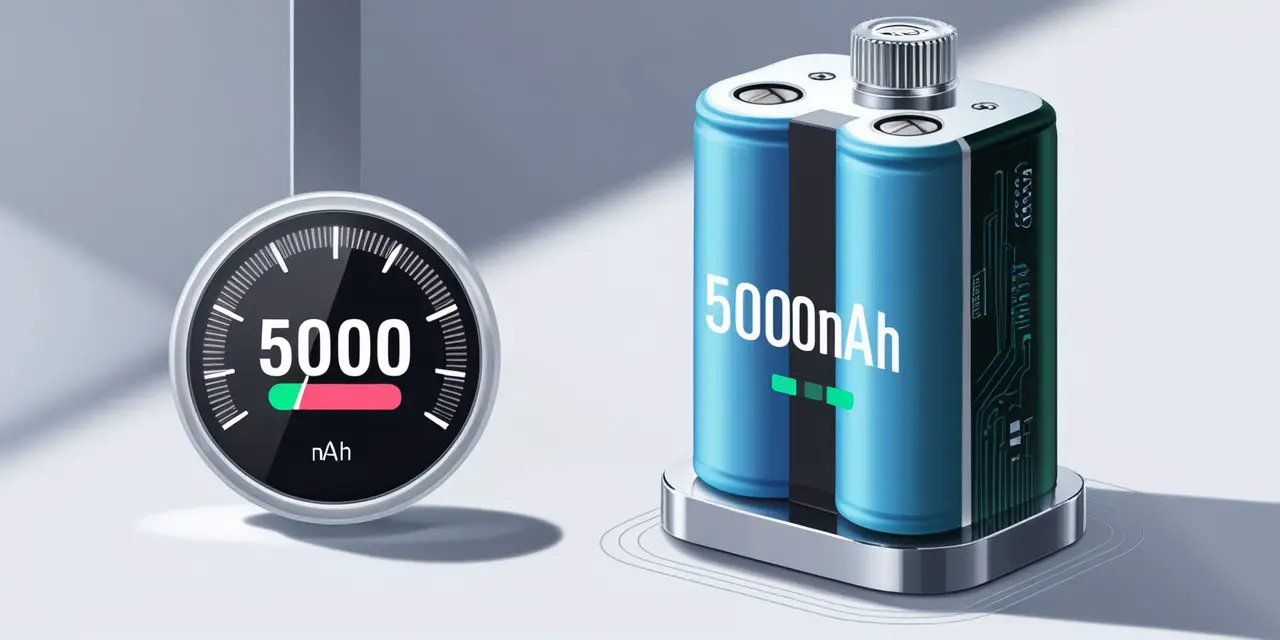
Tips to Optimise Battery Life
The greatest good for the longest time comes from following a few best practices in terms of health and usage. But simple habits to keep up with your devices can make a big difference when it comes to performance.
To save battery, we suggest reducing the brightness on your screen first because it is one of the most efficient methods for saving energy. Also, turn on adaptive brightness that changes the screen according to the light around you.
After that, set limitations on background apps and networks. Ensure you close apps that are not in use and switch off things like Wi-Fi, Bluetooth, and GPS at other times. This way it does not unnecessarily consume power and makes the battery usage prolonged.
Finally, ensure battery saver modes are turned on as part of your power saving—this will stop background processes and turn off things that use up a lot of energy. Most newer devices have the built-in ability to save power when it is not used, benefiting in longer battery life between charging.
Future Trends in Battery Technology
Battery technology for the future—while not capacity-efficient or quick to charge up in its own right, at least it does offer a nice and shiny hope of good things. In other words, there is now more incentive for researchers as well as manufacturers of these batteries to innovate new materials and designs that can improve their performance for many kinds of devices.
Another innovation being explored is solid-state batteries that promise higher energy density and stability compared to the lithium-ion battery currently in use. It even has the potential to develop batteries that last longer while being recharged faster, changing our perception and dependence on technology for good.
And the slightly more hopeful trend to AI and machine learning batteries in their management systems. Algorithms used to optimise energy consumption according to user habits and device condition actuators; these technologies ensure more battery life while enhancing the experience of using.
As battery technology improves further, consumers can expect a greener and connected future with advanced, super-efficient devices.
Summary of Key Points
Ultimately, this concept of battery capacity, specifically a 5000mAh battery, is an incredibly important thing for those who are tech enthusiasts and smartphone users as well, including digital nomads. Understanding mAh and what plays a role in battery drain can help the average user with better device yield and choice of usage or purchase.
Taking a journey through the battery life of different devices and under multiple usage conditions with some real-world scenarios to consider, we’ve seen actual examples as regards just how the 5000mAh capacity can fare. It brings all the amazing benefits depending on what you are looking for, from smartphones to tablets and even wearables.
Implementing best practices in battery management can help prevent damage to the phone and reduce usage hours, which have an impact on maintaining device stability and efficiency.
Next Steps for Maximising Battery Life
Feel free to try the pointers and strategies listed here so that you can improve your own battery performance. Help to build a more empowered user community by sharing your experiences and insights with other tech enthusiasts.
Learn more by doing a little bit of reading up on the current state of the-art and trends in battery technology. Learn more about emerging changes that might direct the future usage of energy and device construction.
Let me know your thoughts in the comments. So get in touch and keep the battery chat going, as we aim to provide you with a holistic tech experience without any hurdles.

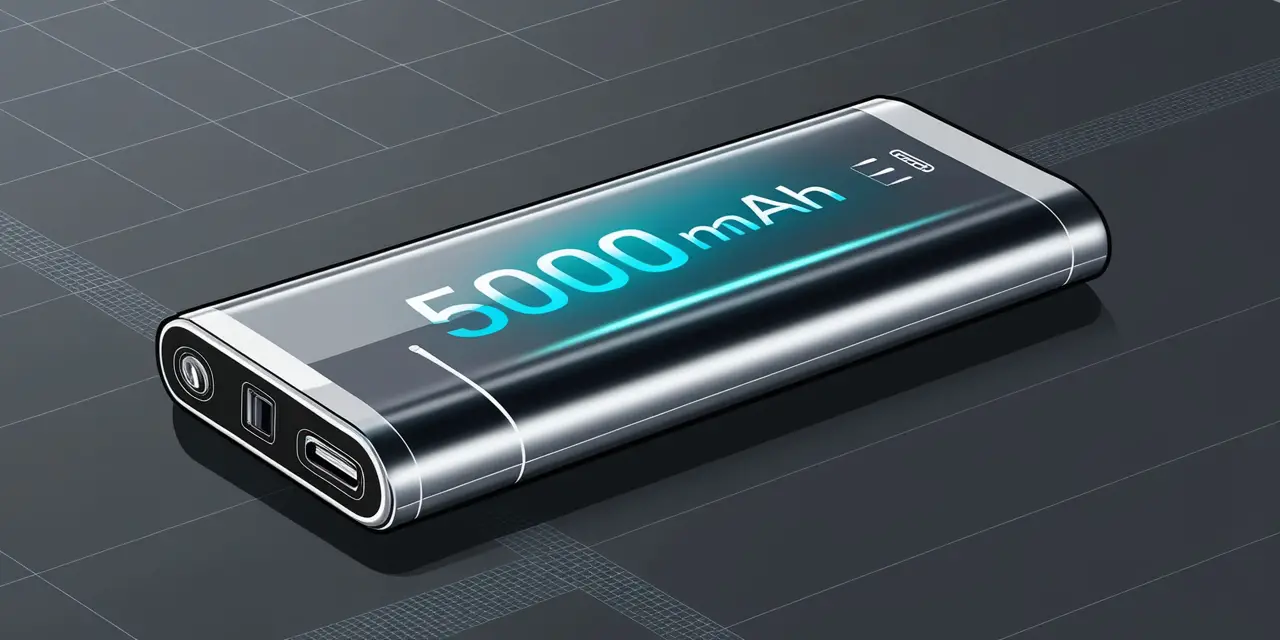

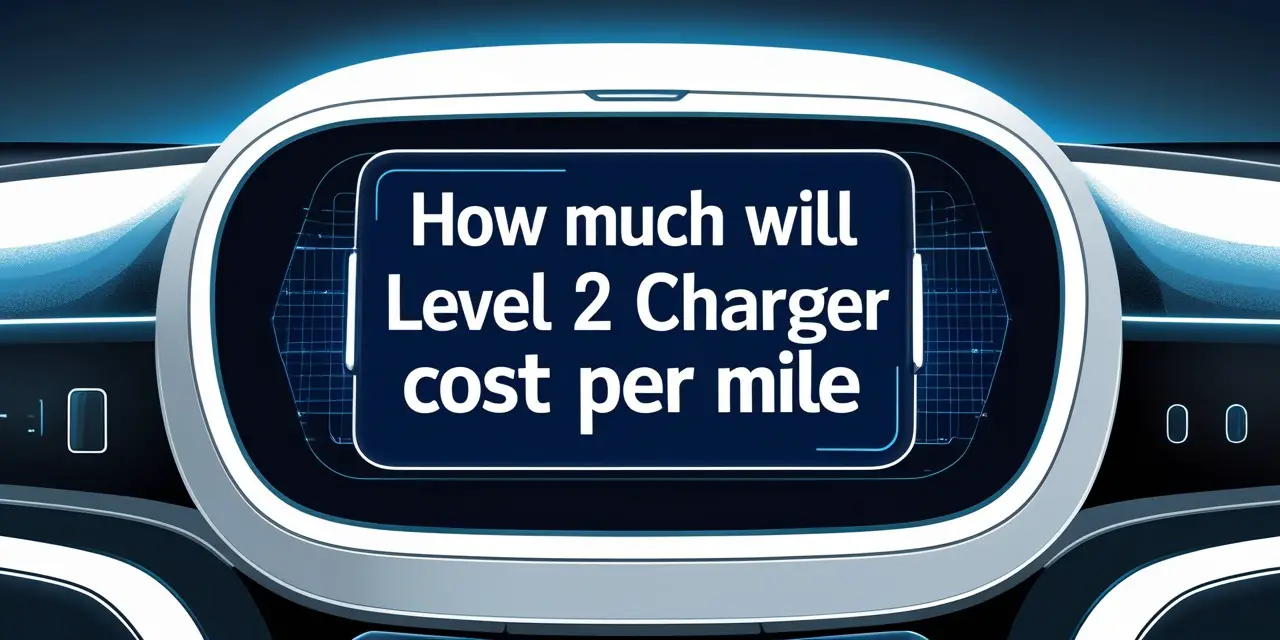
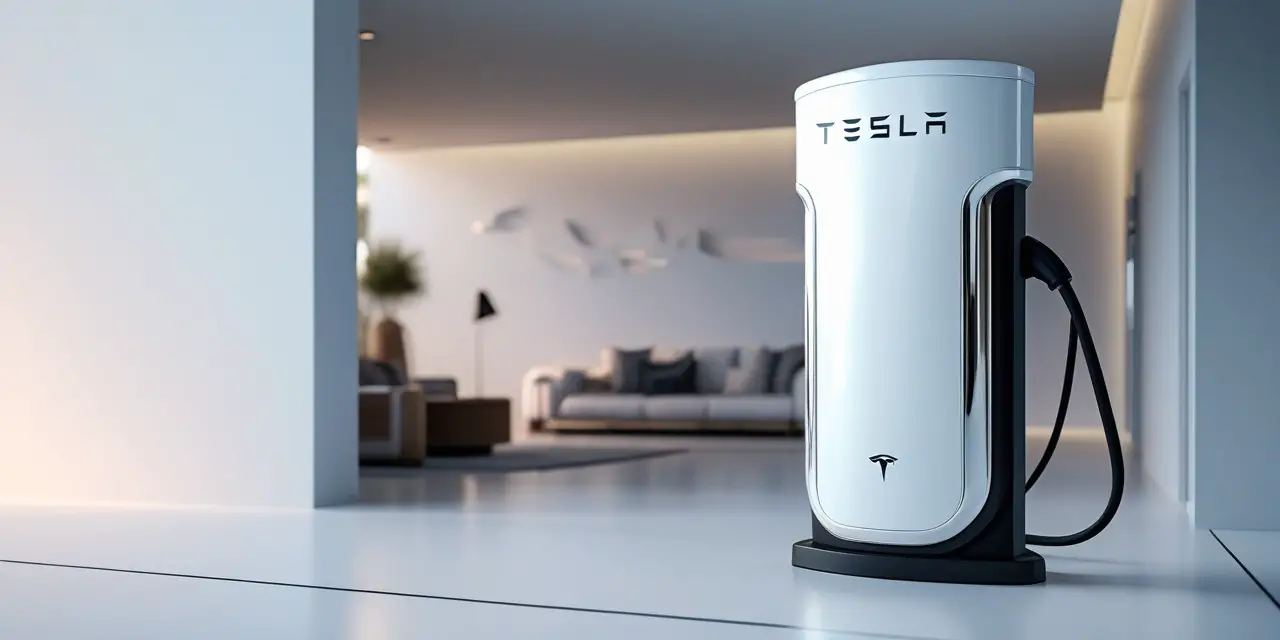
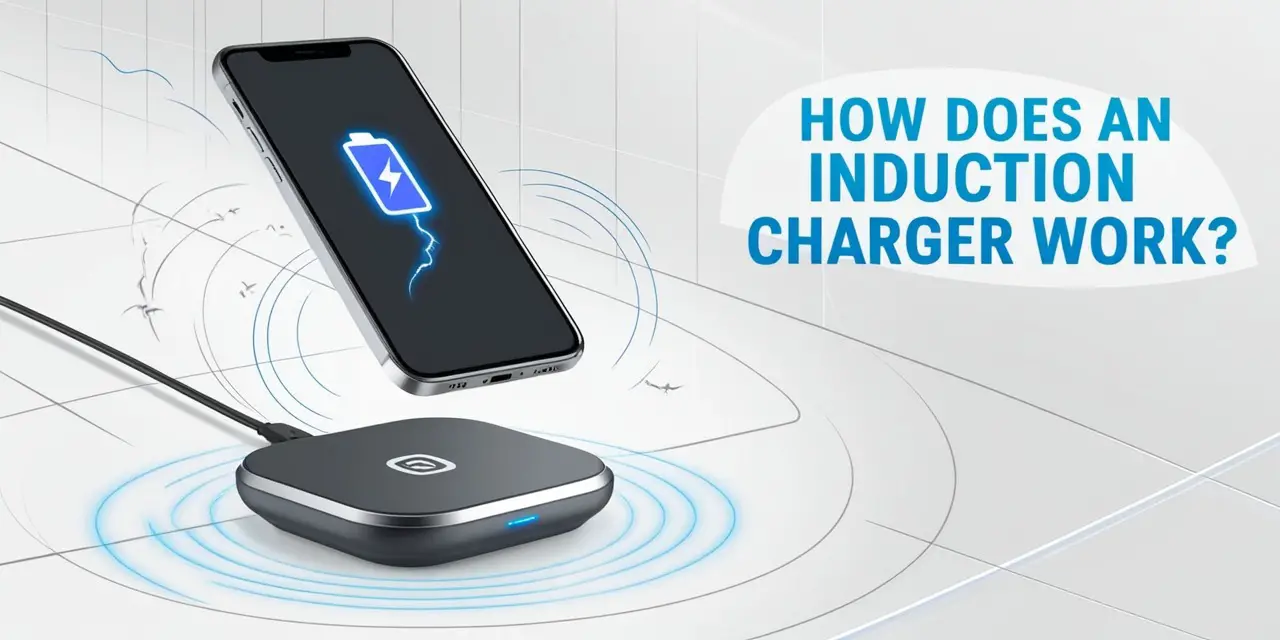
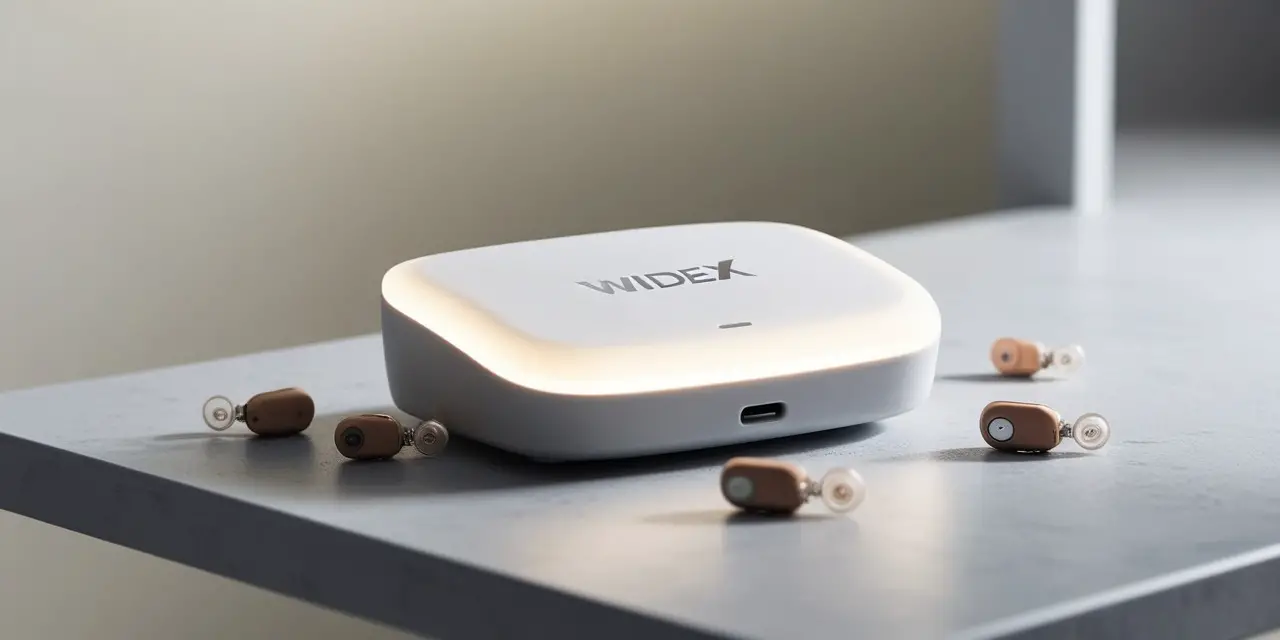
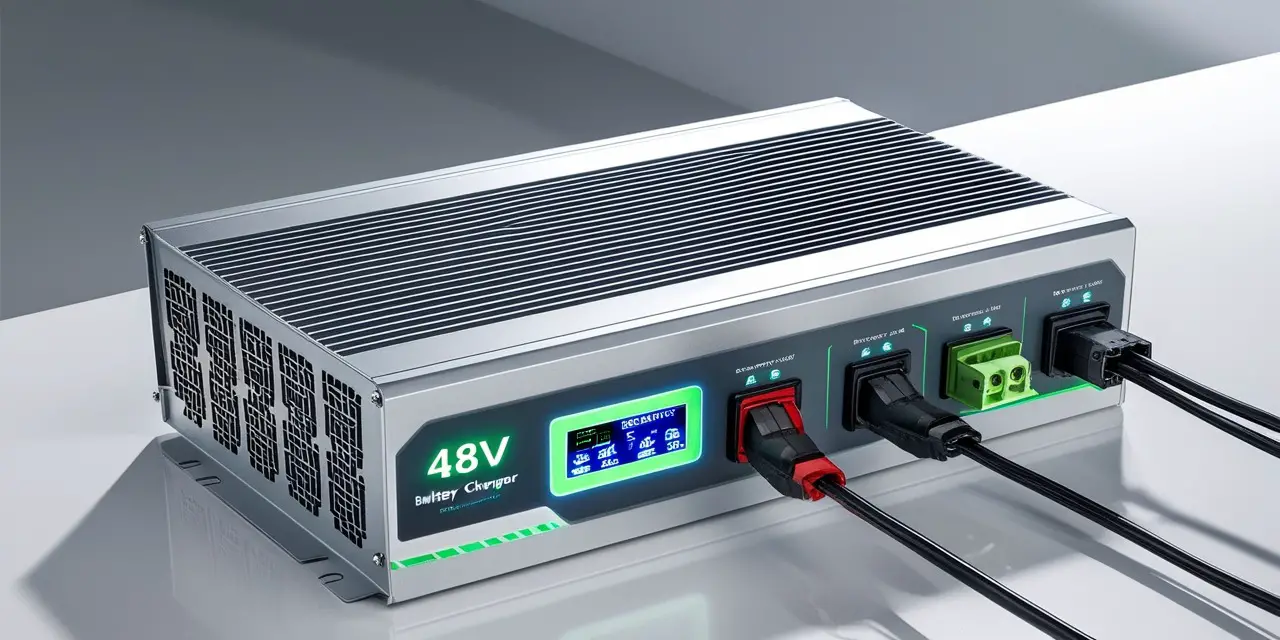
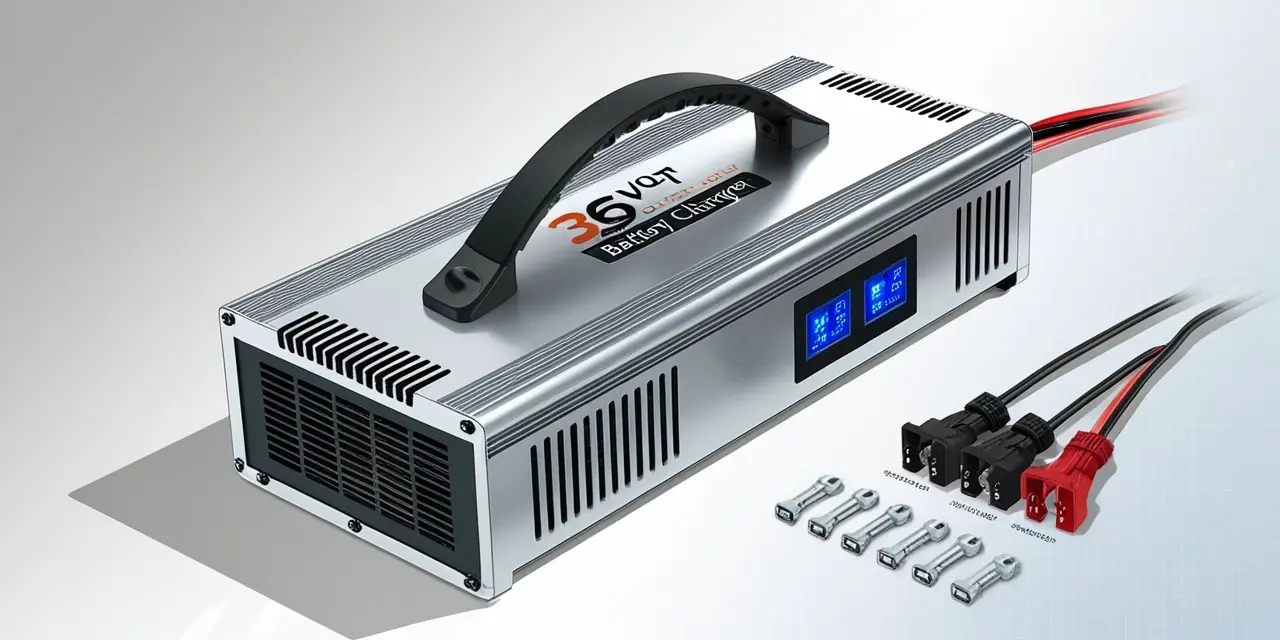
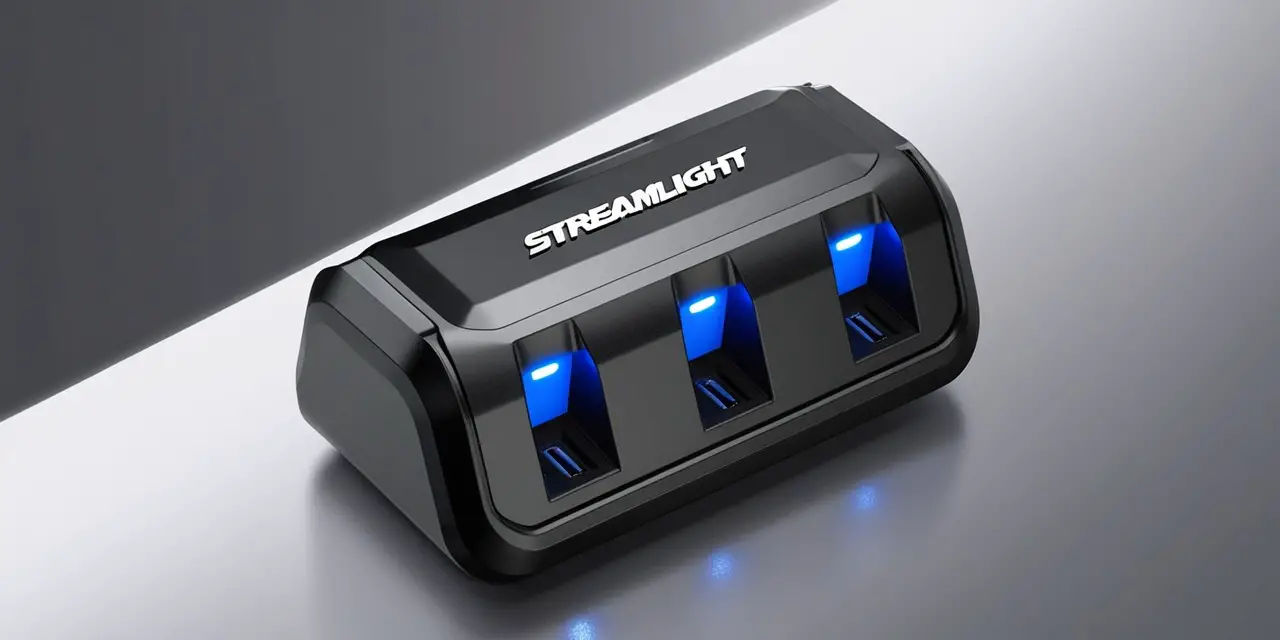
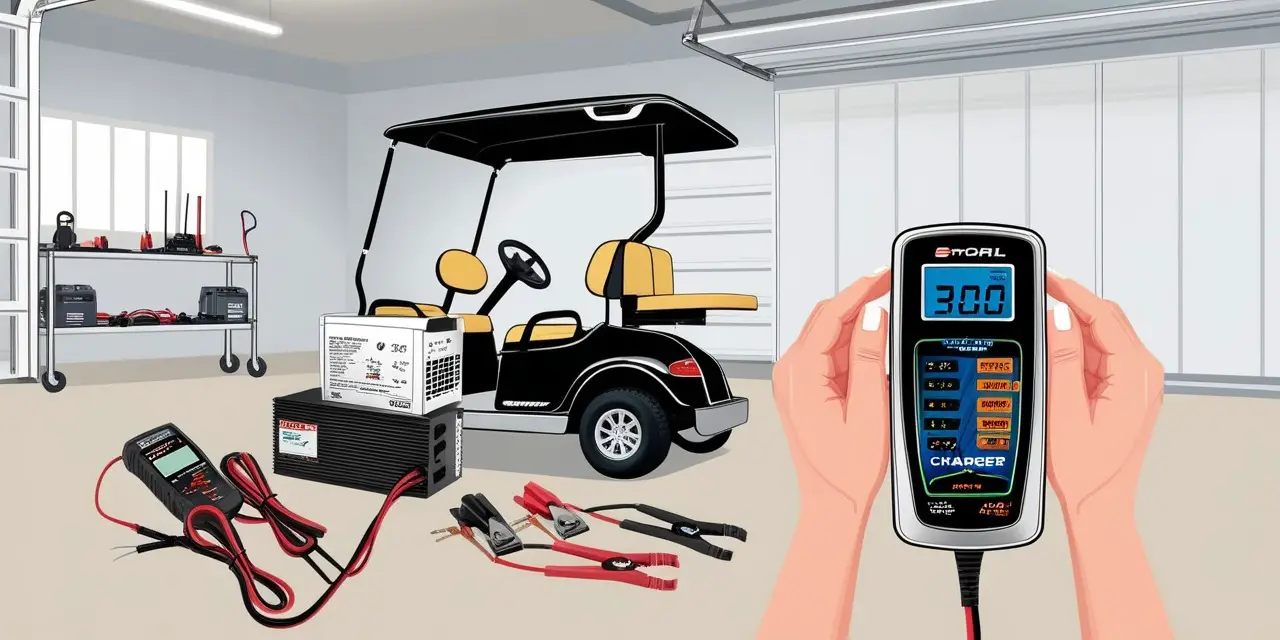
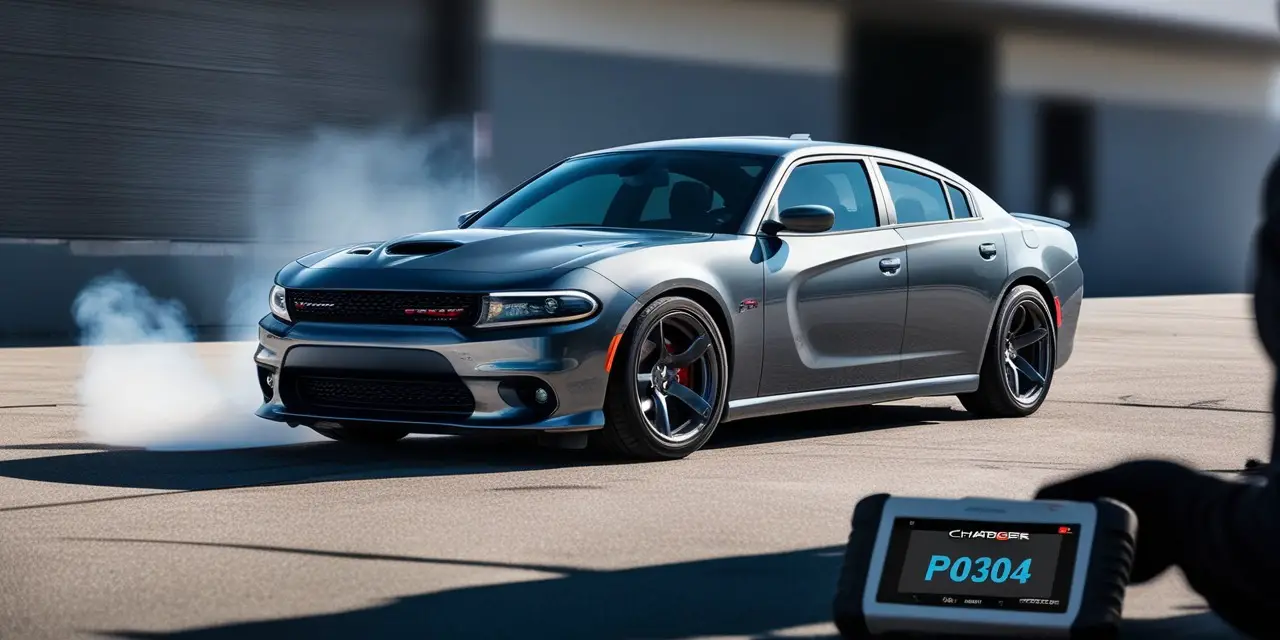
Leave a Reply